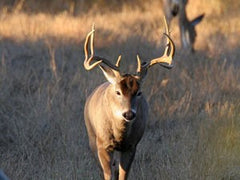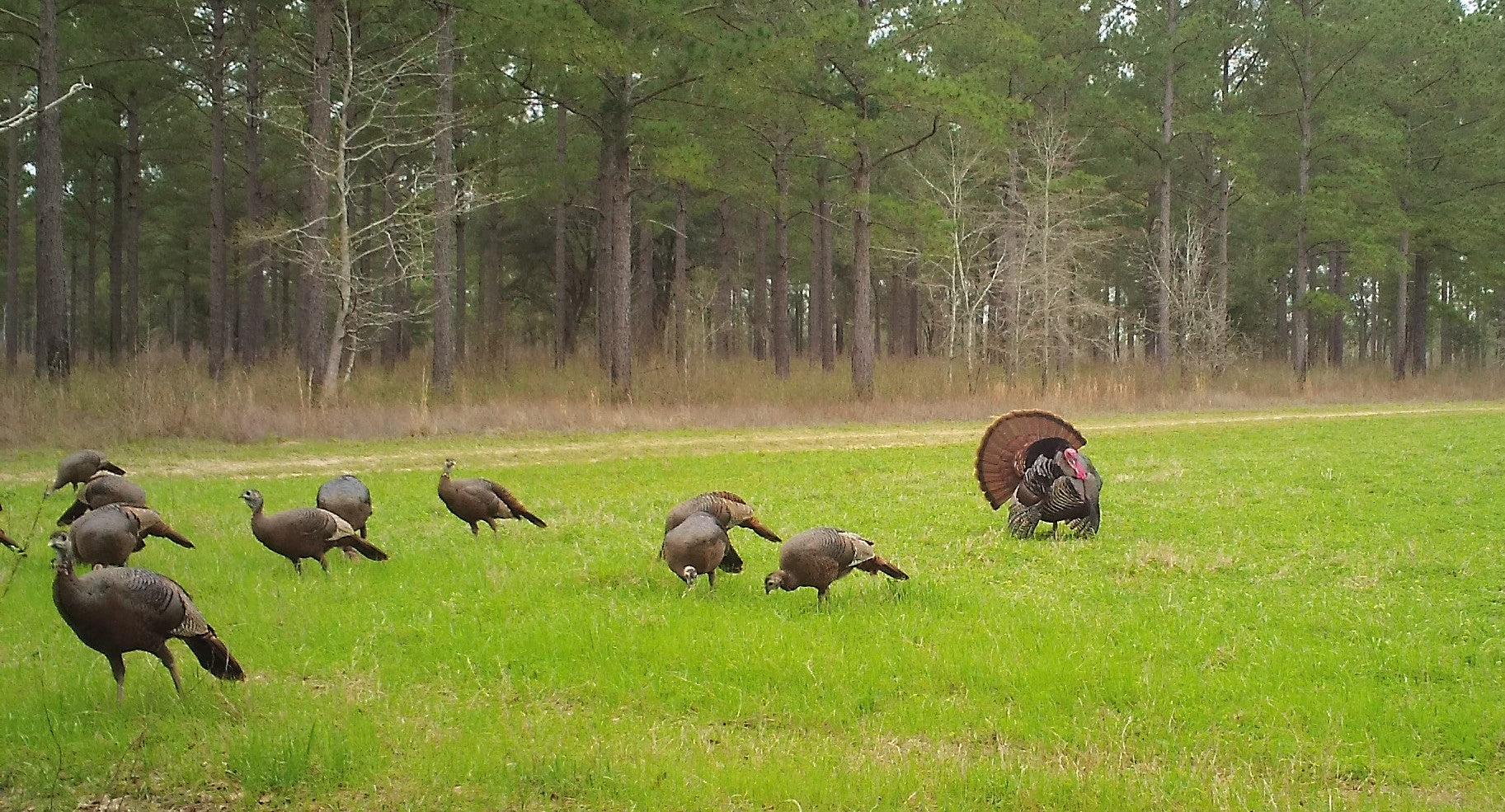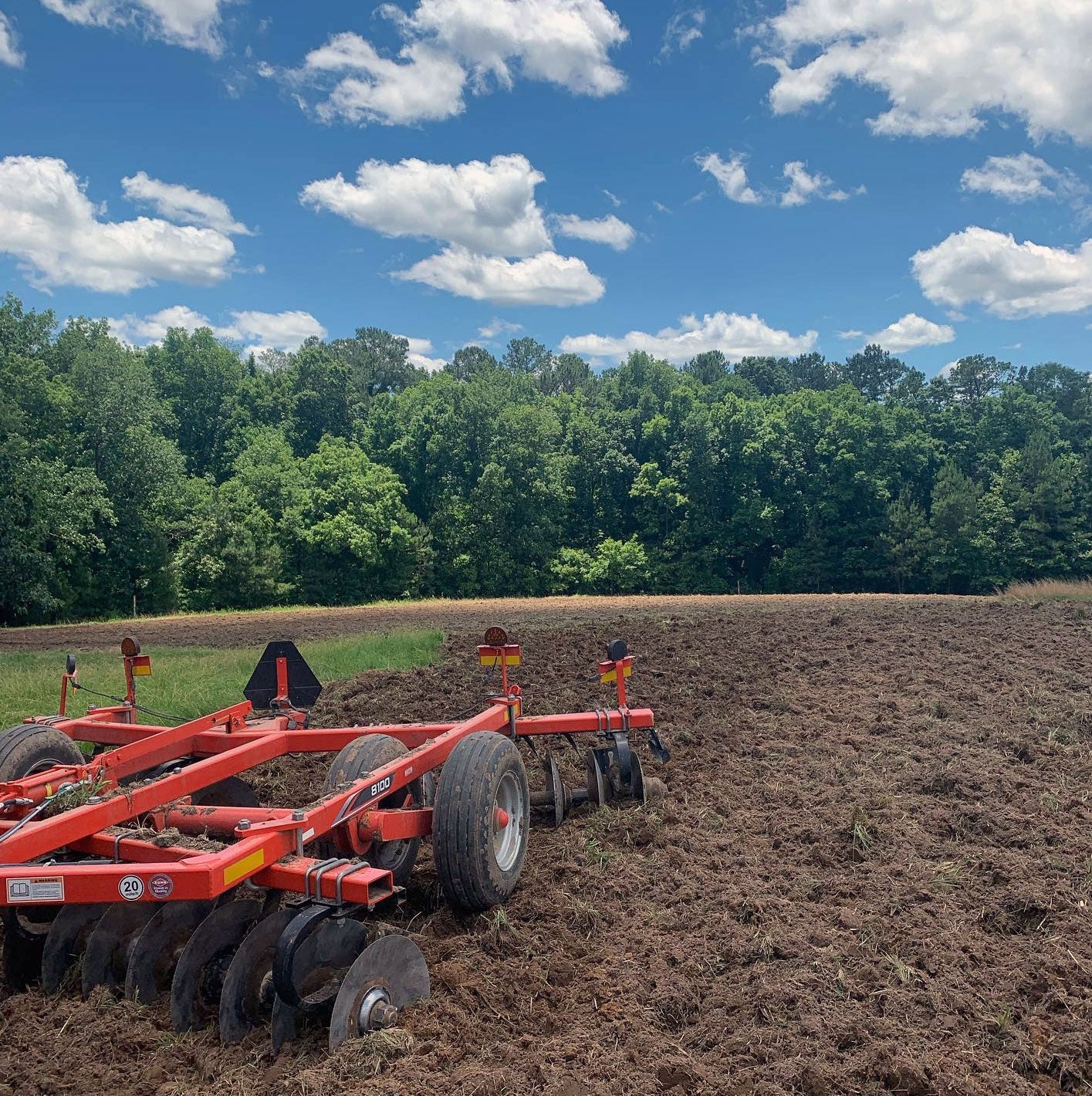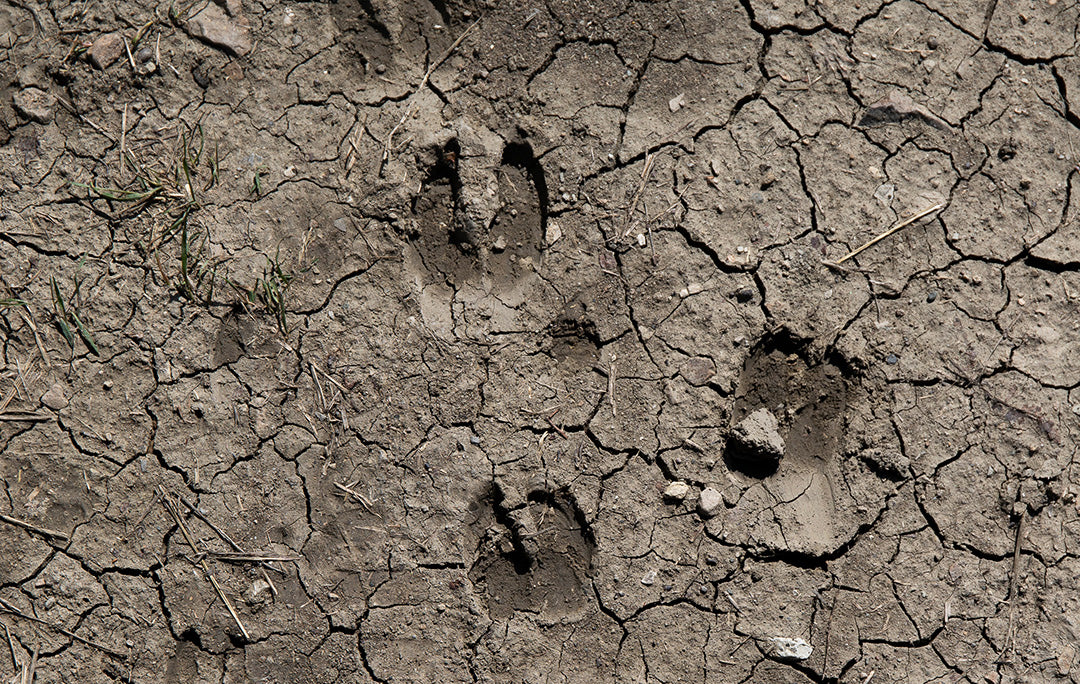Aging White-Tailed Deer on the Hoof - Part I
 Have you ever wondered what characteristics are best for aging deer on the hoof? When I was growing up in the Midwest, I was mistakenly told that the number of antler points also told you the buck’s age. If the buck was an 8-pointer for example, he was eight years old. Unfortunately, before I knew anything about aging deer on-the-hoof, I mistakenly killed a 13-point buck in Iowa that still had his milk teeth - he was only one-and-a-half years old! Luckily, it didn’t take me long to figure out that the number of antler points had little to do with age.
Have you ever wondered what characteristics are best for aging deer on the hoof? When I was growing up in the Midwest, I was mistakenly told that the number of antler points also told you the buck’s age. If the buck was an 8-pointer for example, he was eight years old. Unfortunately, before I knew anything about aging deer on-the-hoof, I mistakenly killed a 13-point buck in Iowa that still had his milk teeth - he was only one-and-a-half years old! Luckily, it didn’t take me long to figure out that the number of antler points had little to do with age.
After moving to south Texas, I was again told false information about aging deer on-the-hoof. This time I was mistakenly told that you could not accurately age a buck by the overall size of his rack. Antler size, as you will soon learn, is the best characteristic to use for aging bucks on-the-hoof. In fact, it is possible to get a nearly instant estimate of the appropriate age class (i.e., young, middle, or mature) to place a buck based on only antler size.
More recently, I read an article in a popular hunting magazine that stated you could age deer by the number of wrinkles in the skin at the base of their ears. Even if this technique were accurate, it would not be very useful for aging deer on-the-hoof because of the difficulty in counting wrinkles from a distance. Obviously, a lot of bad information is floating around related to what characteristics are best for aging deer on-the-hoof.
Why Do We Need To Be Able To Age Deer On-The-Hoof?
The necessity for being able to accurately age deer on-the-hoof is becoming more and more important everyday as the popularity of trophy management increases and spreads across the U.S. This practice demands that you be able to accurately age deer on-the-hoof. Trophy management practices require that hunters let young and middle-aged (3.5 to 4.5 years old) bucks walk. Without being able to age bucks on-the-hoof, how are you going to avoid harvesting the wrong buck?
In fact, there is no other place in the world where estimating a buck’s age on-the-hoof is more critical than in south Texas, where most ranches are now being managed under strict trophy management guidelines. Clearly, criteria for visually estimating a buck’s age have never been more important. In addition, the ability to accurately age deer sighted during helicopter and spotlight surveys is important for biologists. The age ratios determined during these surveys are critical for setting harvest quotas, assessing herd status, and providing information on deer productivity and mortality rates.
James Kroll, in his book on aging deer on-the-hoof, described many characteristics he thought were useful in estimating ages of deer of both sexes, but he did not provide any data on their reliability. More recently, Dave Richards and Al Brothers summarized their own guidelines for aging bucks on-the-hoof in their book “Observing and Evaluating Whitetails.”
Only one scientific study however, has ever been published on how to age deer on-the-hoof. Charles DeYoung, and his associates at Texas A&M University-Kingsville live-captured, aged, marked, and released hundreds of wild bucks on two south Texas ranches. These captured bucks were each aged by tooth wear, collared with color-coded collars, and ear tagged before release. The color-coded collars and ear tags allowed the researchers to individually identify these bucks when they were later re-sighted during helicopter surveys.
Next, the researchers conducted four to five repeated pre-season helicopter surveys over each of the ranches each year of the study. During surveys, they placed the marked bucks they re-sighted into two age groups (1.5-3.5 or 4.5+ years old) based on antler size and body musculature. They considered antler spread well beyond the tips of the ears, “heavy” appearance of the antlers, long tines, “thick” necks and front shoulders, and a “blocky” appearance as indicative of an older-aged buck. They also recorded the collar and ear tag colors of every re-sighted buck and later looked up the ages of these bucks based on the estimated ages at the time of capture. In the end, they successfully classified 329 of 369 (89 percent) bucks sighted during the 28 helicopter flights. Obviously, it is not only possible to age deer on the hoof, it can also be done very accurately!
A Scientific Approach
Beginning in 1985, we used a helicopter and either a drive net or a net gun to capture up to 100 different bucks each year on a large private ranch in south Texas. Although these captures were conducted for other scientific studies through Texas A&M University-Kingsville and The University of Georgia, while we had each deer on the ground we decided to measure as many antler and body characteristics as possible due to the growing need for information on how to age deer on-the-hoof and the lack of scientific research. Included in these measurements were measures of each buck’s antlers, chest girth, stomach girth, shoulder height, head length, and forehead width. In addition, we placed each buck into different categories based on how gray their muzzles were and the incidence of a Roman nose.
When Do Antler And Body Sizes Peak?
We captured a total of 766 bucks during the 13 years that we conducted deer captures. Surprisingly, antler size did not peak until bucks were 6.5 years old. Most body measurements did not reach their peak until age 7.5 years. Amazingly, in south Texas at least, a buck is not truly mature until he is at least 6.5 years old!
Join me next week when I share the secrets on how you can age any deer on the hoof.
Photo By Hardy Jackson
Posted by Dr. Mickey W. Hellickson











Leave a comment